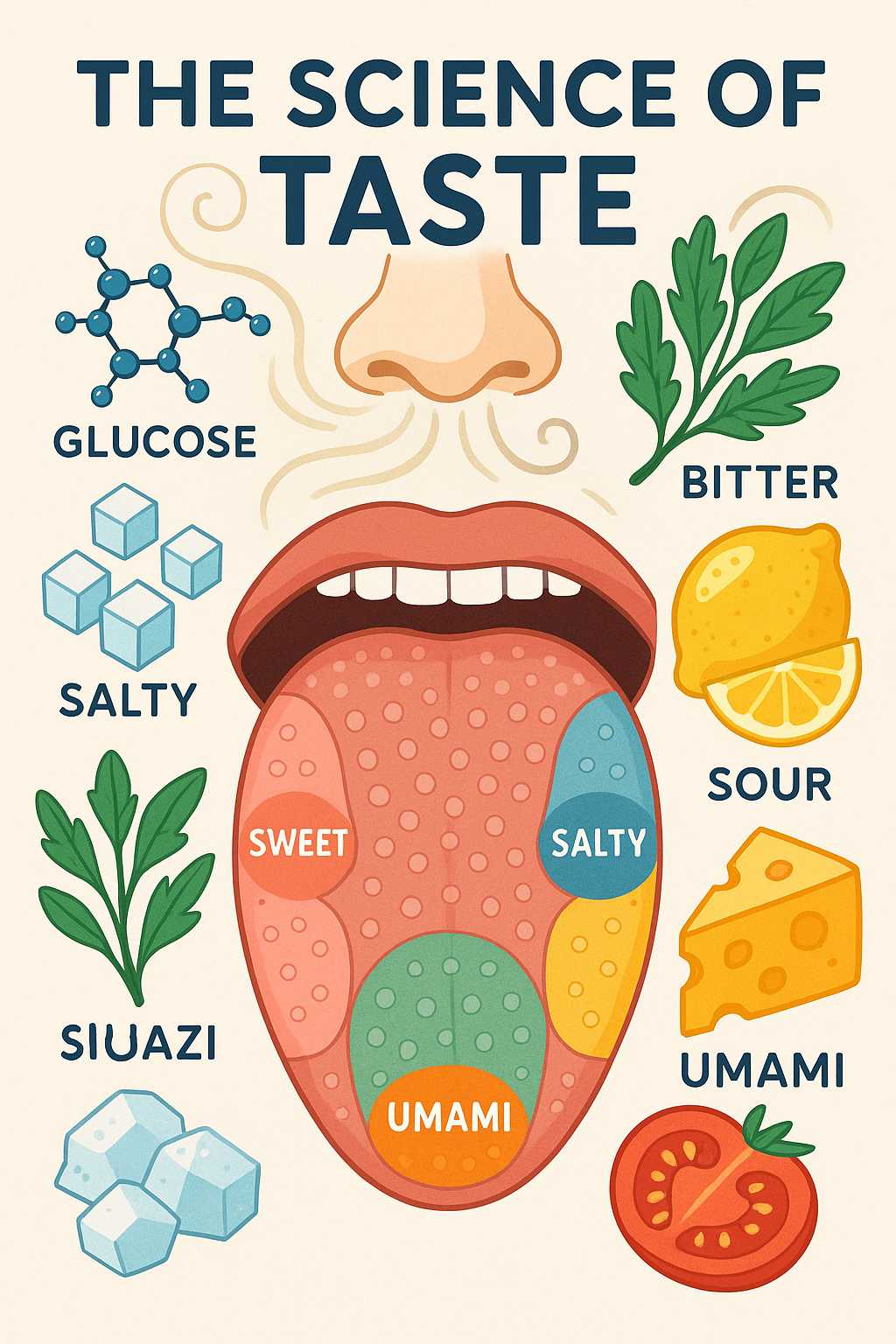Taste is a fundamental sense that shapes our daily experiences, from enjoying a sweet dessert to rejecting a bitter pill. But what gives foods their distinctive flavors? The answer lies in a complex interplay of biology and chemistry.
Every time you eat, molecules in your food interact with specialized receptor cells on your tongue. These receptors are grouped within taste buds and can detect five primary tastes: sweet, salty, bitter, sour, and umami (savory). Each taste arises from distinct classes of chemical compounds. Sugars such as glucose lend sweetness, while salts like sodium chloride trigger the salty taste. Acids contribute to sourness, alkaloids and certain plant compounds account for bitterness, and amino acids like glutamate create the umami sensation.
Behind the scenes, other factors add layers to what you perceive as flavor. Volatile molecules travel up to your nose via the retronasal pathway, greatly contributing to the complexity of what you taste—this is why food seems bland when you have a cold. Meanwhile, temperature, texture, and even color play subtle roles in how your brain interprets sensory information from each bite.
Understanding the chemistry of taste is not only fascinating, it’s crucial for many industries. Food scientists use this knowledge to craft new flavors or reduce undesirable tastes (such as bitterness in medicines). Moreover, appreciating the science behind taste can enhance your next meal and bring new meaning to familiar foods. Next time you savor your favorite snack, take a moment to thank your tongue—and the chemical world that makes tasting possible.


Leave a Reply